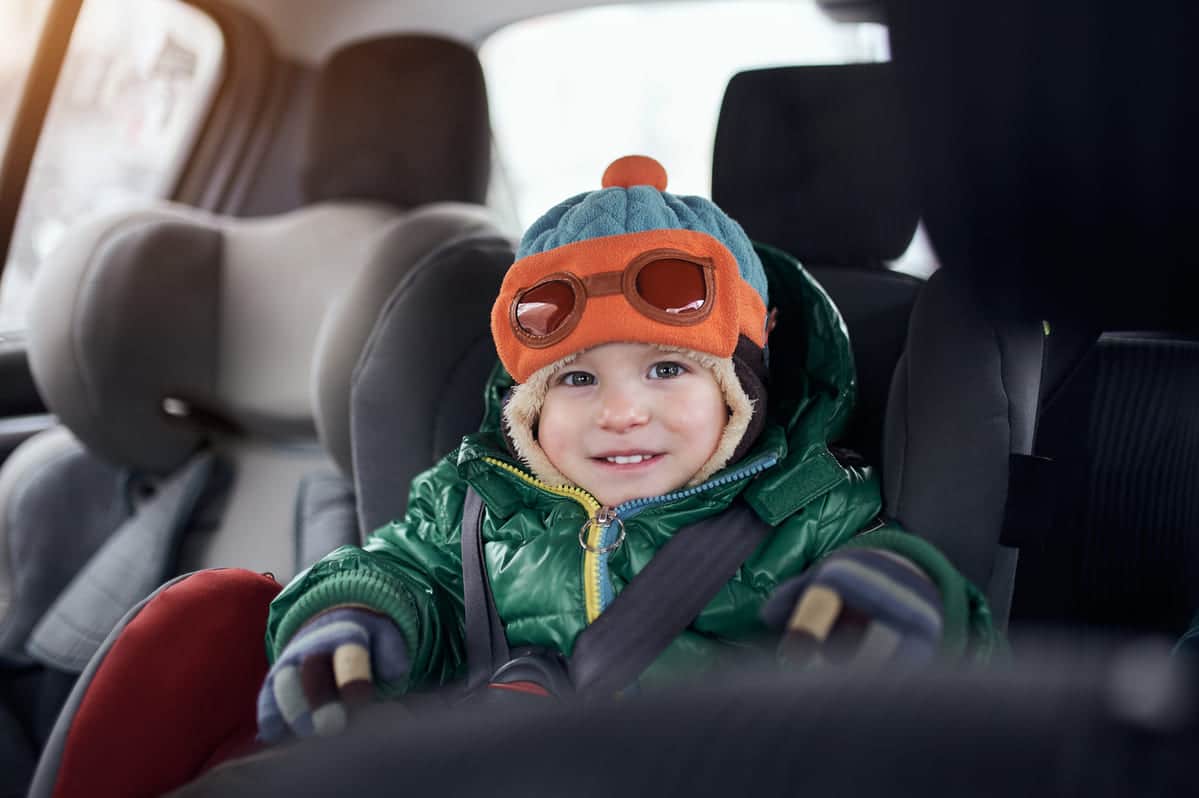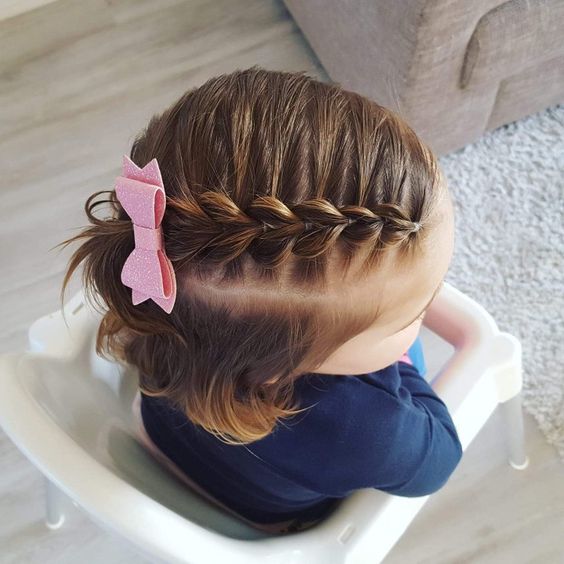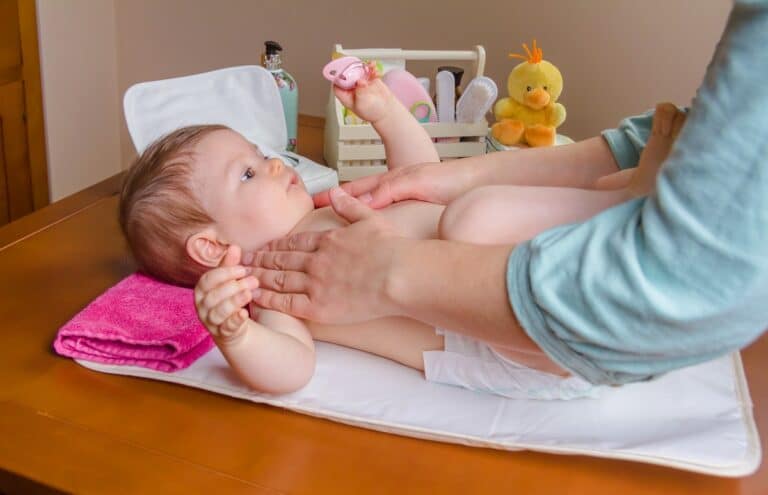As parents, we want to ensure that our little ones have everything they need to be safe and comfortable. When it comes to the safety of your little one during travel, a baby car seat is an essential investment. Child car seats not only ensure your child’s safety but also provide you with peace of mind during long or short journeys. However, buying a baby car seat requires careful consideration and research to ensure you make the right choice. But how do you buy a baby car seat? In this blog post, we will provide a baby car seat buying guide to help you make an informed decision for your child’s safety and comfort.
Key Takeaways:
- A child car seat is an essential investment for your child’s safety during travel.
- Proper research and consideration are necessary before purchasing a baby car seat.
- Car safety seats are designed specifically for different age groups and weight ranges.
- Baby car seats should be installed and used correctly to prevent any accidents.
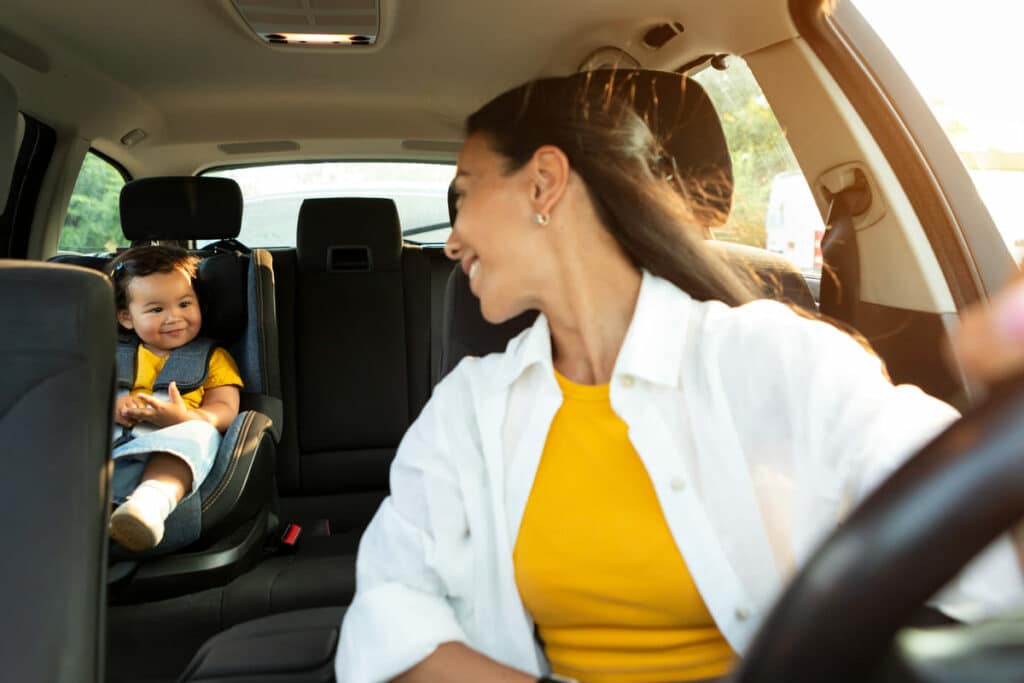
In This Article
Types of Baby Car Seats
Baby car seats are categorized into different types based on the child’s age and weight. Let’s take a look at the different types of baby car seats available in the market:
- Rear-facing car seat: Rear-facing car seats are suitable for newborns up to 2 years old or until they reach the maximum weight limit specified by the manufacturer.
- Convertible car seat: This type of car seat can be used in both rear-facing and forward-facing positions, making it suitable for a wider age range of children.
- Combination car seat: Combination seats can also be used as both rear-facing and forward-facing, but they usually have higher weight limits and can also be converted into booster seats.
- Booster car seat: Suitable for older children who have outgrown their convertible car seats, booster seats use the vehicle’s seatbelt to secure the child.
- Infant car seat: This type of car seat is specifically designed for easy mobility and can be removed from the vehicle to use as a carrier or attached to a stroller.
- 3-In-1 Seats: These seats are similar to convertible car seats for their versatility, but they also come with a third option to convert into a booster seat.
How do you buy a car seat for a baby?
Baby car seats are a specialized type of seating that is designed for infants and young children to use while traveling in a vehicle. Typically, baby car seats are used from birth until the child reaches a certain weight and age, at which point they transition to a different type of car seat.
According to the American Academy of Pediatrics (AAP), children should remain in a rear-facing seat until they are at least 2 years old or until they reach the highest weight or height allowed by their car seat’s manufacturer. Here are some key factors to consider when buying a baby car seat:
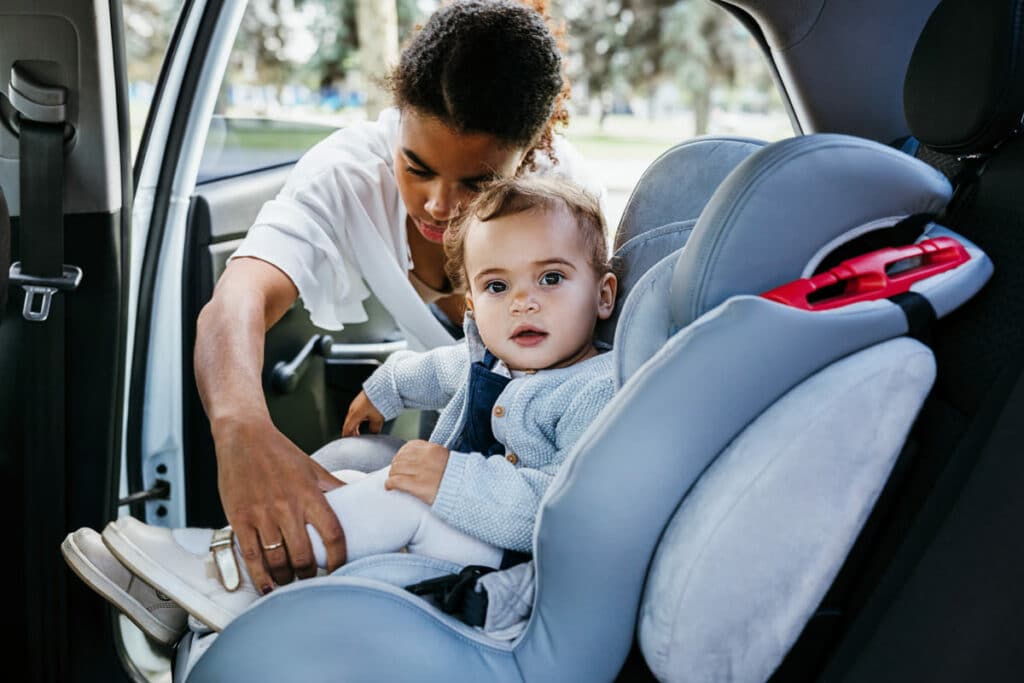
1. Age and weight of your baby
The car seat fits each stage, from infant to toddler. The type of car seat you need will depend on your child’s age and weight. As we said above, the rear-facing position is the best choice for infants and young children. However, there are also Group 0 and Group 0+ car seats designed on the basis of weight and height. Look at the below table to make a better decision.
Weight of the baby:
| Weight of the Baby | Approximate Age Range | Group | Stage |
| Up to 10kg | Newborn to 9 months | 0 | 1 |
| Up to 13kg | Newborn to 5-18 months | 0+ | 1 |
| 9kg to 18kg | 9 months to 4 years | 1 | 2 |
| 15kg to 25kg | Up to 6 years | 2 | 3 |
| 22kg to 36kg | Up to 11 years | 3 | 4 |
Types of car seats:
| Age Group | Type of Seat |
| Infants and toddlers | Rear-facing-only seat |
| Convertible seat | |
| All-in-one seat | |
| Toddlers and preschoolers | Convertible seat |
| Combination seat | |
| School-aged children | Combination seat |
| Belt-positioning booster | |
| Older children | Seat belts |
| Travel vests and other products |
2. Consider Compatibility
Ensure that the car seat is compatible with your vehicle. Check if it can be installed using the LATCH system (Lower Anchors and Tethers for Children) or seatbelt installation. It’s crucial to follow the manufacturer’s instructions for proper installation. Some car seats have a lightweight and portable design, making them more convenient for families on the go. Remember to regularly check for any recalls or updates regarding your chosen car seat model to stay up-to-date with safety standards. However, the baby’s comfort should also be taken into consideration.
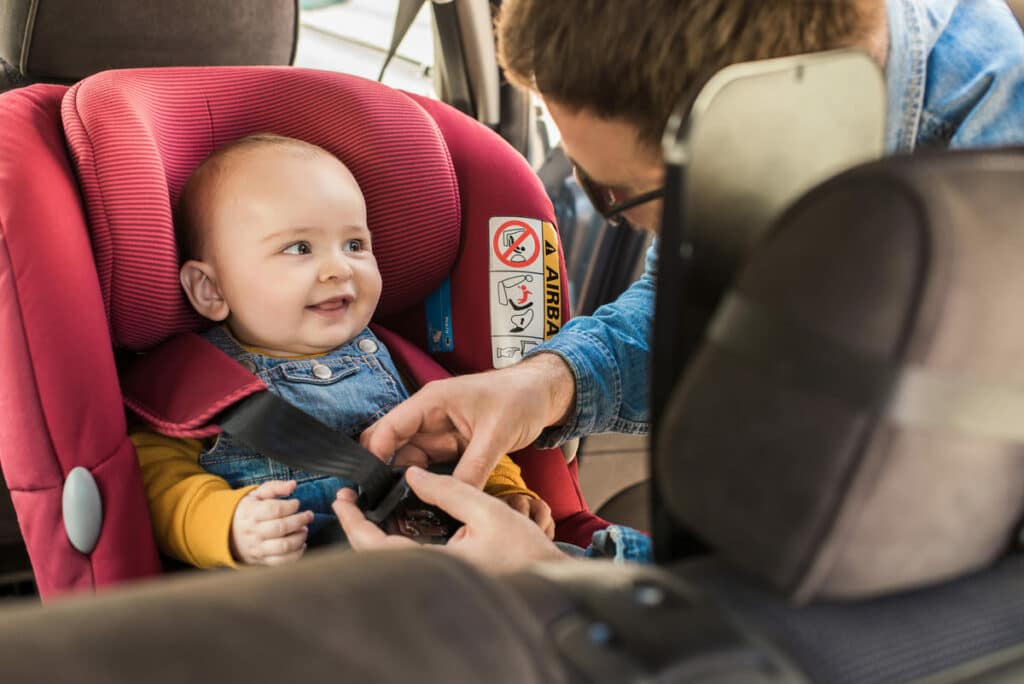
3. Types of car seats
When buying a baby car seat, always consider the types of car seats as they are categorized based on the child’s age and weight. The child outgrows an infant seat by nine months and should be switched to a forward-facing car seat. Children can move into booster seats when they reach the weight limit of their current seat. It’s important to choose the right type of car seat for your child’s head safety and comfort. Look at the below table to make a better decision.
Weight of the baby:
| Weight of the Baby | Approximate Age Range | Group | Stage |
| Up to 10kg | Newborn to 9 months | 0 | 1 |
| Up to 13kg | Newborn to 5-18 months | 0+ | 1 |
| 9kg to 18kg | 9 months to 4 years | 1 | 2 |
| 15kg to 25kg | Up to 6 years | 2 | 3 |
| 22kg to 36kg | Up to 11 years | 3 | 4 |
Types of car seats:
| Age Group | Type of Seat |
| Infants and toddlers | Rear-facing-only seat |
| Convertible seat | |
| All-in-one seat | |
| Toddlers and preschoolers | Convertible seat |
| Combination seat | |
| School-aged children | Combination seat |
| Belt-positioning booster | |
| Older children | Seat belts |
| Travel vests and other products |
4. Evaluate Safety Features
Look for car seats with important safety features such as a five-point harness, side-impact protection, and adjustable headrests. A five-point harness provides optimal security by securing your baby at the shoulders, hips, and between the legs. Not all car seats have harness straps that can be adjusted to fit your baby as he grows. To ensure it:
- The harness straps for the rear-facing car seat should be at or below your baby’s shoulders.
- The straps should be as high as your child’s ears in forward-facing seats.
- Make sure your infant seats fit properly as per your child’s size.
5. Ensure Proper Installation
It is important to not only choose a suitable baby car seat for your child but also ensure that it is installed correctly. Proper installation can greatly increase the effectiveness of the car seat in protecting your child during travel. It is recommended to carefully read and follow the manufacturer’s instructions for installation or seek professional help if needed. Regularly checking for recalls and updates on your chosen car seat model is also crucial for the safety of your child. Overall, proper installation is key in ensuring the safety and comfort of your little one during travel.
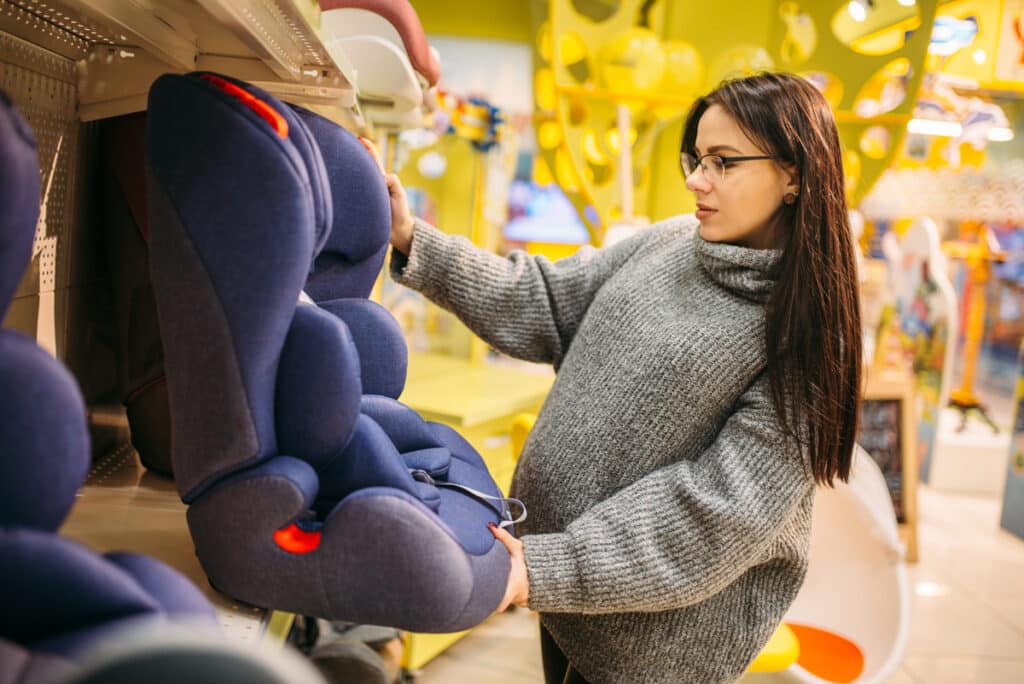
6. Check for Longevity
If you prefer a convertible or all-in-one car seat, choose one that can be used as your child grows. These seats often have higher weight and height limits, allowing them to accommodate your child for a longer period. Check the expiration date of the car seat to ensure its safety and effectiveness. Some models may also have additional features, such as adjustable recline positions or removable inserts for infants, providing better comfort and support for your child’s growth. However, if your child ride rear-facing in a car seat before the age of 2, you may need to buy another baby car seat after they have outgrown the rear-facing height and weight limits.
7. Assess Ease of Use
Consider car seats with features that are easy to adjust and buckle. Make sure the straps are not tricky to handle, allowing for quick and secure fastening. An easy-to-use car seat ensures convenience and saves valuable time when getting in and out of the car. If you are buying high-backed booster seats, ensure that it has a seat belt positioner for better fit and comfort. Similarly, if you think of convertible seats, look for adjustable straps or a no-rethread harness. Always make sure you follow the manufacturer’s instructions for proper installation and usage of the car seat.
8. Set a budget
Baby car seats can range from affordable to expensive, depending on the brand, type, and features. It’s important to set a budget beforehand and stick to it while making your purchase. Don’t compromise on safety features for a cheaper option, but also don’t overspend on unnecessary features that you may not need. If you are thinking of buying a forward-facing seat for your child, you should compare prices from different sellers. Similarly, with other car seats, do your research to find the best option within your budget.
9. Research and Compare
Many parents make the mistake of rushing into buying a car seat without proper research and comparison. Take the time to read reviews, ask for recommendations from friends or family, and compare different models and features before making a decision. However, not all cars seats are compatible, so make sure to check if the car seat is a good fit for your child, vehicle, and lifestyle. Don’t hesitate to ask questions or consult with professionals for more information on a particular model or type of car seat. Remember, the safety and comfort of your little one should always come first when buying a baby car seat.
Infants Carrier vs Convertible Car Seats?
Infants carrier car seats are convenient for parents on the go, as they can easily be removed from the car and carried around with a handle. They also provide a snug and secure fit for newborns, ensuring their safety and comfort during travel. However, these seats have lower weight limits and your child will eventually outgrow them within a year or two.
On the other hand, convertible car seats offer more longevity as they can be adjusted to accommodate both infants and toddlers. These seats have higher child weighs and height limits, allowing your child to use them for a longer period of time. Convertible car seats are installed directly into the vehicle and are not meant to be portable like infant carriers.
It is important to consider your lifestyle and child’s needs when choosing between an infant carrier or convertible car seat. If you frequently travel with your little one, an infant carrier may be a better option. Moreover, if you prefer longevity and ease of use, a convertible car seat may be the more practical choice.
Safety Tips to use baby car seats
While using a baby car seat, make sure to follow these safety tips to ensure the well-being of your child:
- Always use a car seat that is appropriate for your child’s age and weight.
- Make sure the car seat is installed correctly according to the manufacturer’s instructions.
- Check for recalls or updates on your chosen car seat model regularly.
- Avoid using second-hand car seats as they may not meet current safety standards or have been involved in a previous accident.
- Keep your child rear-facing for as long as possible until they reach the maximum weight or height limit for their car seat.
- Make sure the harness straps are snug and secure, with no twists or slack.
- Regularly check the car seat for wear and tear and replace it if it shows signs of damage.
- Always buckle up your child in their car seat before starting the vehicle and ensure they are properly strapped in every time you go for a drive.
- Never leave your child unattended in a car, even if they are securely buckled in their car seat.
- Avoid placing bulky items or loose objects on or near the car seat that could pose a safety hazard in the event of sudden braking or an accident.
- Teach your child to stay calm and still while in their car seat, emphasizing the importance of staying buckled in for their safety.
- Lastly, ensure set belts with older children in the vehicle are not obstructing the car seat or its straps.
Conclusion
In summary, choosing the right car seat for your child is not a decision to be taken lightly. Proper research and installation are essential in ensuring the safety and comfort of your little one during travel. Remember to regularly check for recalls and updates on your chosen model, as well as follow safety tips to use the car seat correctly. With the right car seat and proper usage, you can have peace of mind knowing your child is safe and secure while on the road. So, take your time, do your research, and make an informed decision for the well-being of your child!

